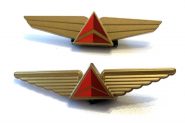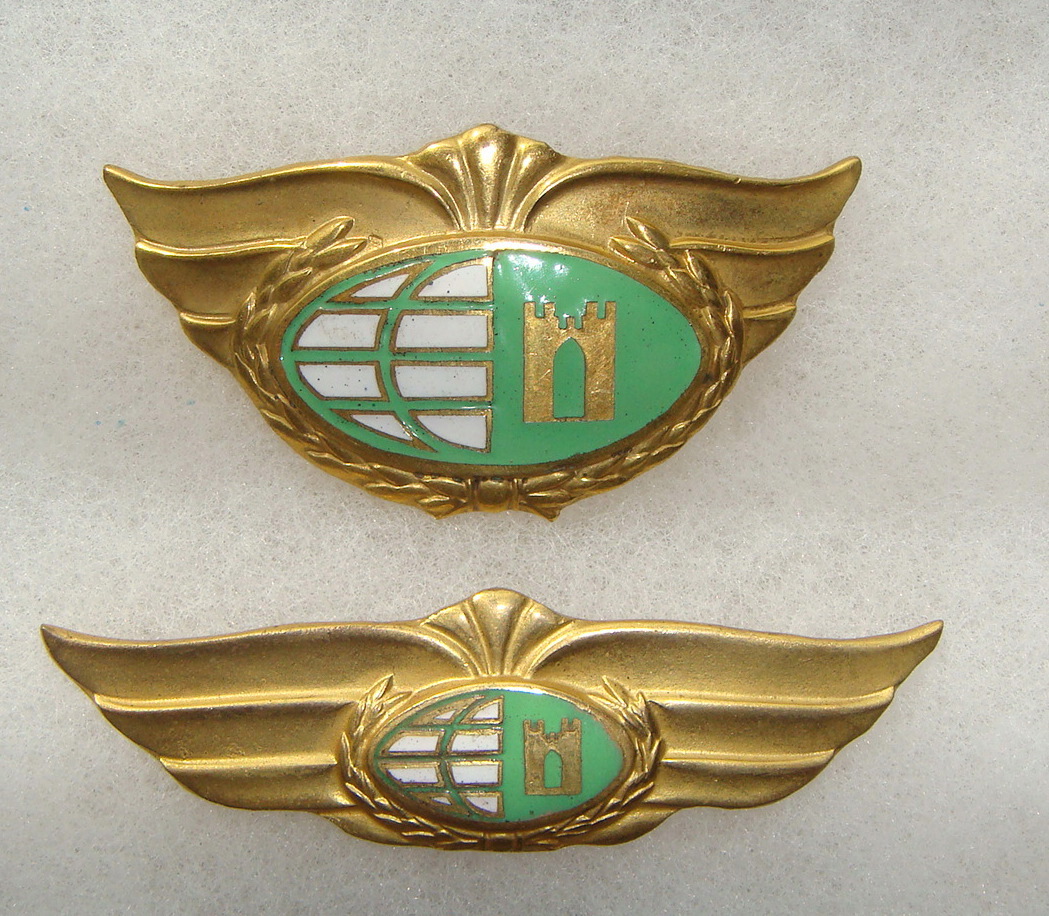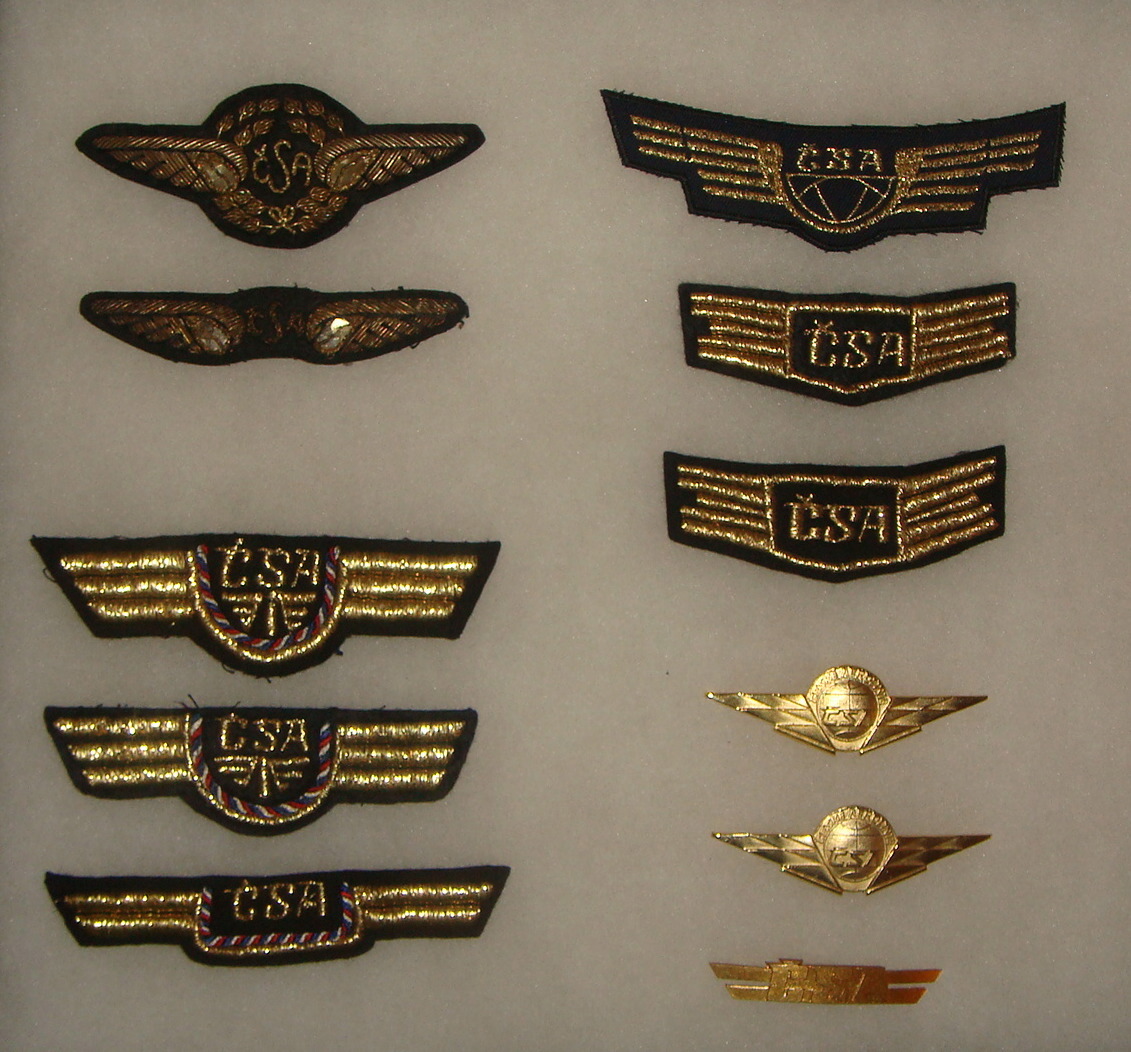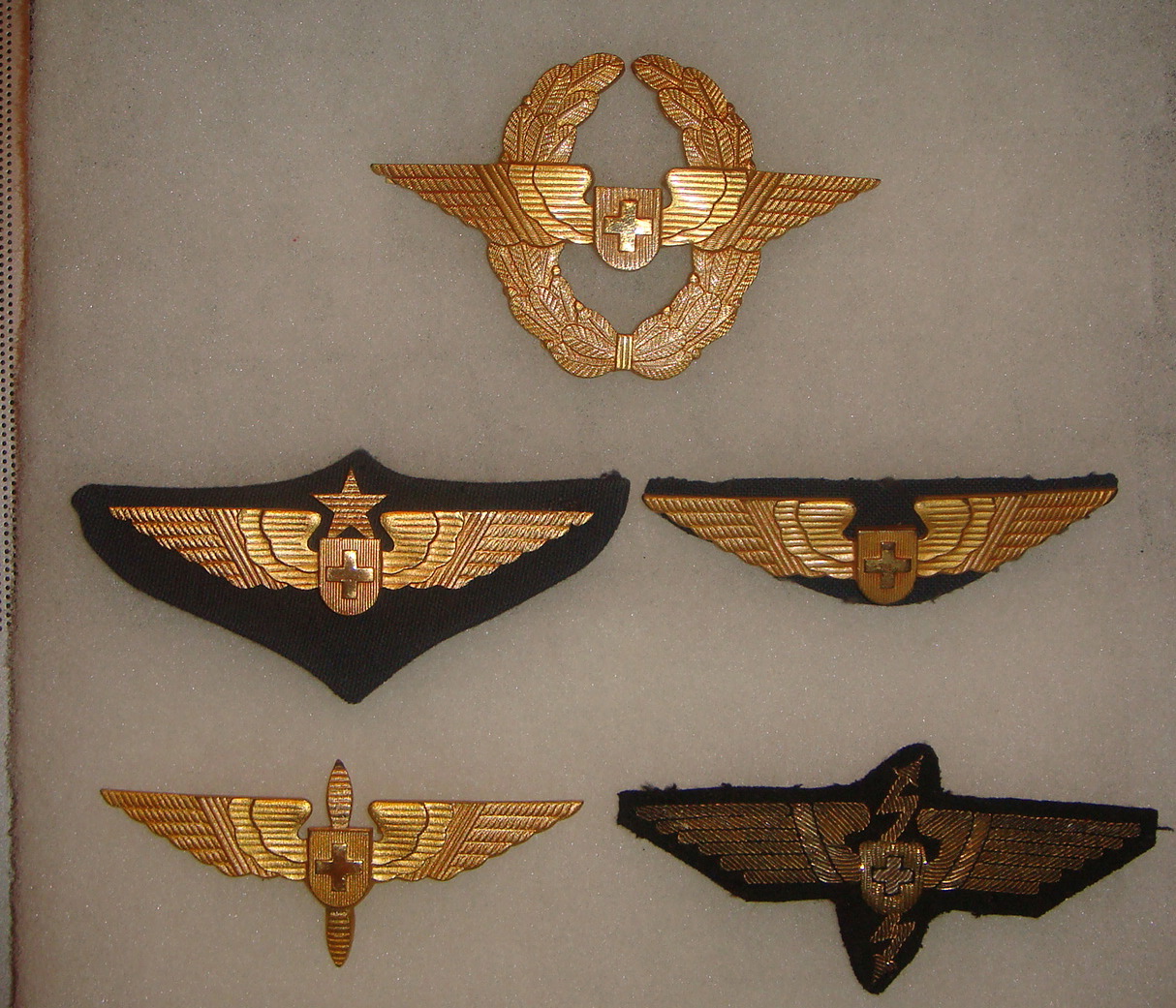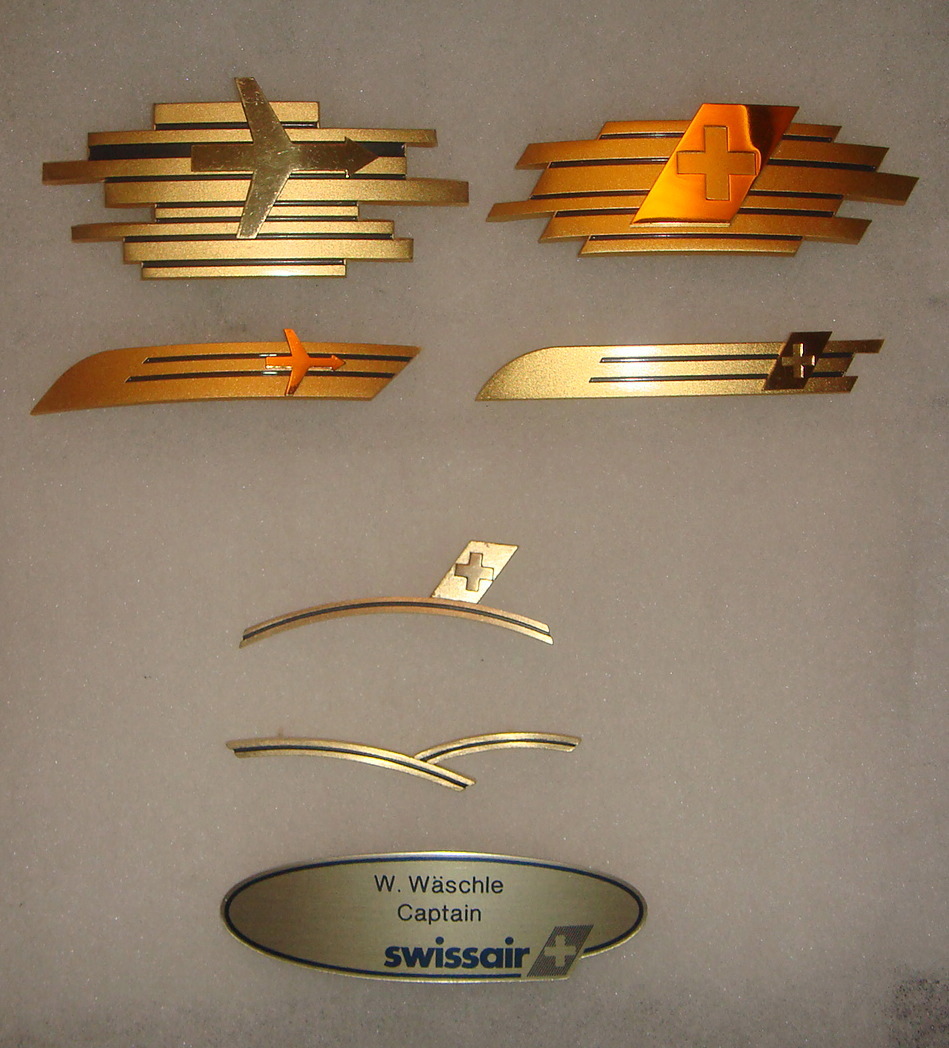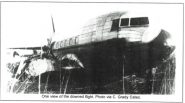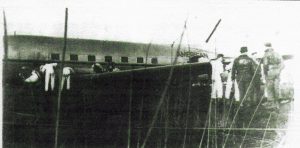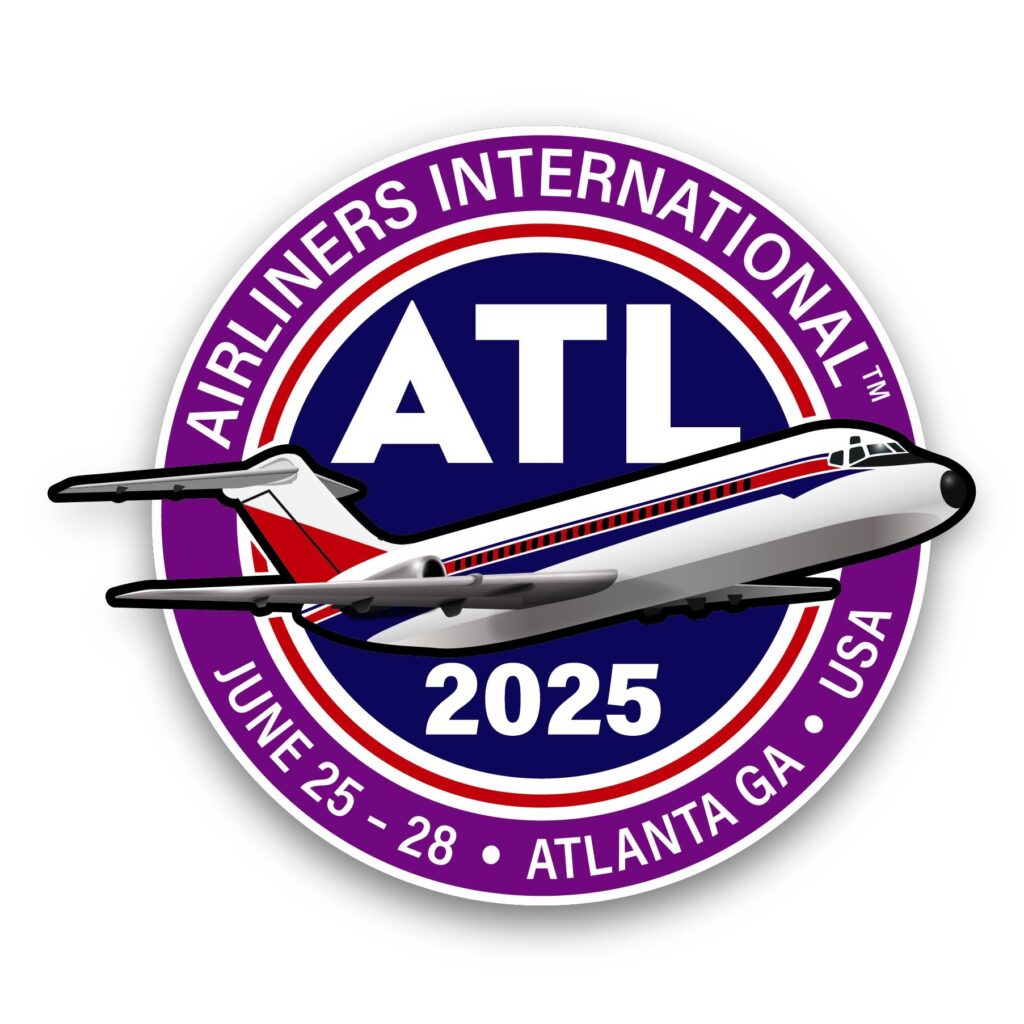Airliners International,airlines,airplanes,Friendships

Friendships: United by a Common Interest
By Jordan Raddatz
Friendships. We all have our fair share of them. United by a common interest.
In the last couple years, I’ve learned that friendships and Airliners International go together like peanut butter and jelly. Or white on rice. Or any other famous combination. It’s such an important aspect that I don’t think many first-time attendees of the show truly understand. Through Airliners International, my existing friendships with two amazing people have strengthened, plus I’ve deepened many other friendships and made new ones.
I come from South Dakota, a part of the country no one really talks about. The only things we’re famous for are Mount Rushmore in the Black Hills, the Badlands, and a giant palace made of corn, which, around here, corn stretches the landscape for as far as the eye can see. I reside in Sioux Falls, the state’s largest city, a city that, in my opinion, doesn’t get a lot of appreciation. It’s a small city, though growing fast, with a lot of nice perks, parks, and places to check out.

But what about friendships? Well, they were hard for me to come by in grade school, especially when I was in middle and high school. My huge passion for aviation made me an outcast. There wasn’t anyone else at my school who knew airplanes as much as me, so it was hard to connect with them. Furthermore, there weren’t any other aviation enthusiasts I knew in the Sioux Falls area.
When I started posting to YouTube in 2017, most of my classmates mocked me for making those airplane videos. At one point during all this, an assistant teacher told me that if I wanted them to stop mocking my videos, I should stop making them. That’s ridiculous, I thought. Needless to say, I did not take her advice.
I took an aviation class in my junior year of high school, thinking I would finally find some friends. Unfortunately, I realized that the classmates there weren’t the best people either, so I had to step away from them, too. Eventually, I did make some friends at the end of my high school career, despite them not knowing a lick of aviation, but I try to chat with them when I’m not too busy.
Fast forward to 2020 and the global pandemic shuts the whole world down. This was also the time that I met Connor McCauley, a small-town boy from Oklahoma who also had his own YouTube channel. We started talking on social media, and since 2021, our friendship has developed.
That same summer, I discovered Airliners International. Someone mentioned the convention and showed off some airplane seats they bought, so I quickly became enthralled by what it was all about. Other people in my friend group started talking about it.
I conducted some research on the show, and I was blown away by what I found. A giant ballroom filled with tons of aviation memorabilia, including model airplanes. Tour opportunities at major international airports, seminars with awesome guest speakers, and much more! When I learned the following year’s convention would be in Chicago, I asked my parents if they could take me. My father is interested in helping out. We book the hotel and register for the convention over the winter.
I asked Connor about attending Airliners International. He was just as interested in the show as I was. He wasn’t sure if he could make it, but about a month out, he was able to get flights booked to and from Chicago. Now I finally get an opportunity to meet this guy and see what he’s all about!
The week of the show finally arrives, and my father and I drive the eight hours to Chicago, stopping in Rochester, MN, the night before the convention. We complete the drive the next morning, and that afternoon, I can do plenty of plane spotting at O’Hare. I even spotted a Singapore Airlines Airbus A350 that diverted from New York due to weather!

The next day marks the first day of my first Airliners International convention. The registration allowed me into the ballroom two hours ahead of the general public. I was amazed at the scale of the convention. That year, the show was spread out across several rooms and even two separate floors! Unable to resist, I blew through my budget in the first 30 minutes.
It happened so fast that Connor barely got off the plane in Chicago before he found out about my shenanigans! I still get teased for doing that, but I think it’s justified. It was a good learning experience, as I go through my budget a little more carefully at these shows now. It’s also a lesson I teach other first-timers before they go.
The rest of the convention was great, though. On Thursday night, we attended a minor league baseball game for the Welcome Reception. Then on Friday night, Connor and I, along with a few friends of ours, met up at the parking garage I was at on Wednesday for some plane spotting. I enjoyed my time at the convention and couldn’t wait for next year. I thought Connor was an amazing person in the time I got to spend with him in Chicago.

Connor and I began to collaborate on videos promoting Airliners International that winter. We took the newsletters WAHS sent out regarding updates and made them into YouTube videos on his channel which made many more people discover the show. 2023 would bring many more of us to the Lone Star State, and with that some more great friends.
Now is a good time to introduce the second friend for this story. Anderson Lowell, another small-town resident, came all the way from Upstate New York. The first time I remember interacting with him was around 2021, when Connor and I became friends, though Anderson has told me he started watching my videos well before that.
Connor and I talked with Anderson about Airliners International on a couple of occasions, and we convinced Anderson to attend the 2023 convention in Dallas. Eventually, he got the opportunity to attend, and it was the first time all three of us met in person. In addition to Anderson, I noted many more first-time, younger attendees who came out, some with their own social media accounts, further helping promote Airliners International to the younger audience at a crucial point in the convention’s history.

That year’s Welcome Reception brought us to Grapevine, a suburb north of the DFW Airport. They have a huge food court there called Harvest Hall, so we were all invited to go there and eat some great food. That’s where I spent a lot of time socializing with Connor and Anderson, plus a bunch of our other friends.
The next day, I was at the convention for a couple of hours only, as I took a Planes and Trains Tour in Grapevine with some friends. This wasn’t a tour that was part of that year’s convention. When we returned to Grapevine, the weather turned and it began to sprinkle. Connor was helping other people with rides from the Hyatt Regency to Founders Plaza for the spotting meet-up. My train ride turned into a shuttle ride through the Grapevine area, eventually ending at Founders Plaza, super convenient for our group. A severe thunderstorm had developed by this time, but thankfully, it was past us and the airport. Anderson’s flight was delayed and left during the meet-up, but it was great to finally meet him as he was awesome to hang out with for the two days we had together.
As for the spotting meet-up, it was the best spotting I’ve ever done, as there was a lot of variety and plenty of pizza and drinks on hand, plus Founders Plaza is an iconic place to watch planes. The only thing missing was the British Airways A380, as the flight that day was canceled. I remember not eating anything earlier that day, so I downed about three pieces of pizza in two minutes!

The last day of the show was quite emotional as we said goodbye to a bunch of our friends. Some of them weren’t quite ready to leave us; they wanted another three days of this convention! But unfortunately, all good things must come to an end, and when my family and I were leaving Dallas, I truly learned that the social aspect of Airliners International is the most important part of the show. Getting the opportunity to talk to your friends you’ve chatted with online for a long time is truly amazing and worth the time and price of your travels. I won’t forget those experiences for as long as I live.
Moving forward, I remember when Connor and Anderson got to meet up again in Atlanta for the annual collectibles show in October 2023. It was great seeing them have so much fun together at the show, and then when they flew on a Delta 757 up to Baltimore.
Fast forward to summer 2024. In the weeks leading up to the convention, Connor had been traveling with David Powell in Europe. I remember following their travels when I visited my grandparents in Minnesota and whenever I had the opportunity at work. They got to fly all kinds of cool stuff, like a Virgin Atlantic A350-1000, KLM Embraer E2, and a British Airways A380 on the way back! Connor went to visit Anderson that weekend before Airliners International, and then they went to visit David in Indianapolis.
I met both Connor and Anderson the Wednesday afternoon of the show, and we did the Tristar Experience together. It was our first time in an L-1011, an amazing beast of an aircraft, and it was also Anderson’s first tour at the convention. I still wish they would’ve readied her for a quick flight around KC — but at least seeing one was checked off my bucket list! We then did some plane spotting that afternoon, but only briefly.

The next day, we had a couple of hours in the ballroom with Anderson before he had to leave. His early departure inspired a few ideas in my mind for the three of us to meet up again; I assured Anderson of just that as we said our goodbyes. Connor and I enjoyed the rest of the show with plenty of time in the ballroom, the seminars, and the dinners, with the BBQ night on Friday and the banquet on Saturday. It was the first time I’d attended the banquet.
After the convention, Connor and I went to Sioux Falls, then to Minneapolis for a day for our first plane spotting together outside of Airliners International. Then it was time for him to head home after being away from home for three weeks. I concluded the summer working my summer job and making the rest of my YouTube videos.
A couple of months later, Connor, Anderson and I agreed to take a trip to Florida for a weekend in November. I would be flying on Allegiant Air into Nashville, where I would meet Connor. My flight was delayed because I was on Allegiant’s oldest Airbus A320. Clocking in at 27 years old at the time of my flight, the inbound flight was delayed, and then on the way out of Sioux Falls we had a computer issue in the cockpit. Fortunately, it got resolved and I wasn’t too far behind schedule; it didn’t matter anyway as all Connor and I had planned was getting to the hotel for the night.
The next morning, we took a Spirit Airlines Airbus A320neo to Fort Lauderdale, where we would meet Anderson. But then he was delayed leaving Richmond, VA, so we wouldn’t see him until later in the afternoon. Connor and I went to Miami and checked out The Airplane Shop. Along the perimeter, we spotted some cool planes, including some World Atlantic MD-80s and the IFL Group Convair 5800!

After our Miami stay, we flew Silver Airways on an ATR-72 out of Fort Lauderdale to Orlando. For Anderson and me, it was our first time on an ATR aircraft and our first time on Silver Airways, while Connor had flown them earlier in 2024 to meet up with another friend. We spotted the entire day and checked out the B-52 memorial before dropping Anderson off at the Orlando International Airport and driving to Tampa for the night. Connor left early the next morning to get home for classes and I took an Uber to St. Petersburg for my Allegiant flight home.
As I flew home, I spent some time reflecting on the trip, reminding myself how important this trip was to me. The first big thing was all the new experiences I had: flying by myself finally, utilizing rideshare services, and getting familiar with traveling with friends. All of these were great learning opportunities for me, so I could get comfortable with doing this again.
The aspect of traveling with friends was the second big thing I reflected on during the flight. It was the first time Connor, Anderson and I traveled together, and it certainly won’t be the last. I had so much fun with them and it still feels surreal to me that I got to do this with friends I met through social media, who come from different parts of the country. Yet we are all united by a common interest in aviation.

As we close in on Airliners International 2025, looking back on this journey feels so surreal to me. From what started as a pretty rough go at it with not finding friends, it turned into moments of learning and growing through many different life experiences, and eventually finding those friends I’ve longed to have. All of those experiences have made me who I am today. Attending my first Airliners International convention three years ago, and meeting a friend I had known for over a year and a half at that point for the first time, and having so much fun doing it, enabled me to come back to the show in future years, and bring more of our friends out to the show.
With all the fun Connor, Anderson and I have had at the last couple conventions, it allowed us to explore opportunities to do our own travels outside of the convention, of which we did for the first time last year. That has made me more comfortable traveling anywhere, and we will probably be back together traveling somewhere else in the future. I can’t wait for what’s next and I am ready to attend Airliners International again this summer.












